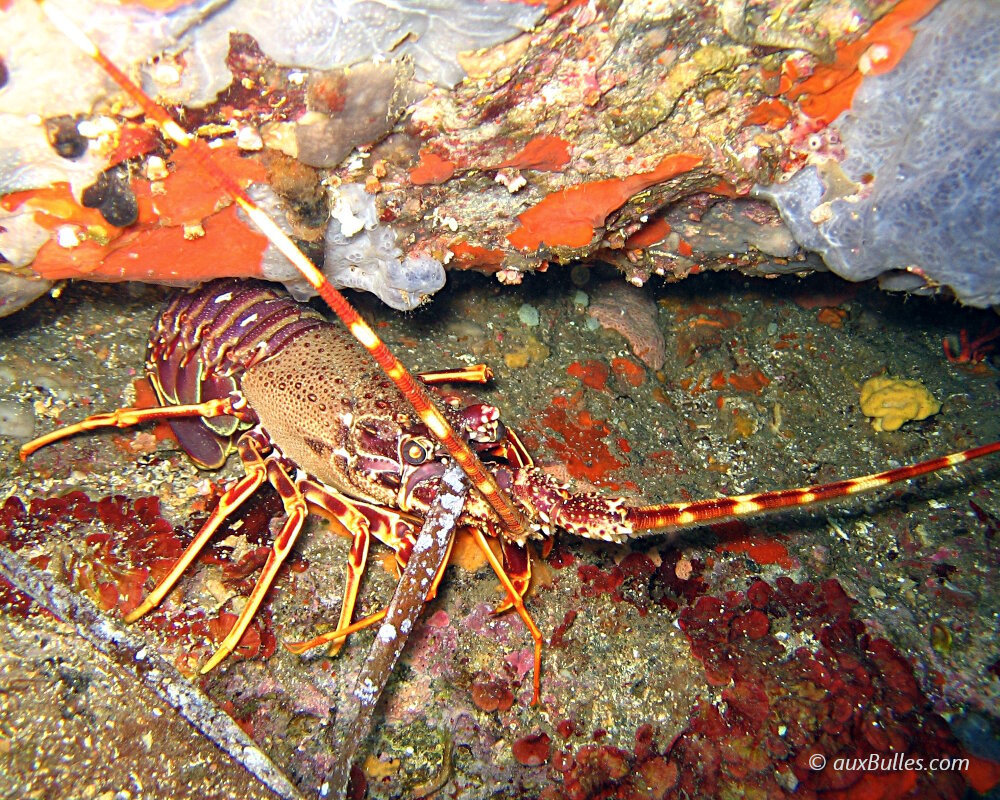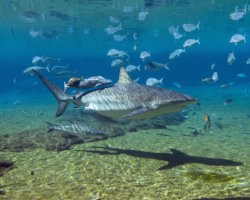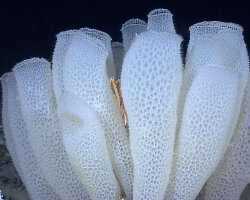Sealife guideFrom lobsters to krill: why crustaceans matterThe marine arthropods
Last updated on 09/02/2025 at 12:22 AM
Crustaceans such as lobster, spiny lobster, edible crab and shrimp are well known to the public because they are featured on seaside restaurant menus.

The spiny lobster, a crustacean well known to the public
But in the end, how well do you really know them outside of your plate ? Let's rediscover them from a new perspective !
The diversity of marine crustaceans is astounding, ranging from tiny planktonic species to large lobsters, crabs and spiny lobsters. This diversity is reflected not only in their size but also in their forms, behaviors and ecological roles, making them essential components of marine food webs and ecosystems.
Crustaceans are to the marine world what insects are to the terrestrial world, totaling around 40,000 species.
Morphology
Crustaceans are equipped with an external skeleton called an exoskeleton or more commonly a shell, which protects them either partially or completely.
The body is divided into segments, each bearing a pair of appendages. Over time, these appendages have become specialized to fulfill essential functions such as locomotion, feeding or reproduction and in some cases have disappeared entirely.
Furthermore, the head has fused with several segments to form the cephalothorax. The remaining segments make up the abdomen.
Crustaceans have two pairs of antennae that serve as sensory organs.
Habitat
Marine crustaceans inhabit a wide range of ocean environments. Many live in shallow coastal waters, coral reefs and estuaries, while others are adapted to deep-sea trenches. Their ability to occupy such diverse marine habitats demonstrates their remarkable ecological adaptability.
Geographical range
Marine crustaceans are found in all the world's oceans, from tropical waters to polar regions. Some species thrive in coral reefs, while others, like Antarctic krill, dominate the southern oceans. Their distribution is influenced by temperature, salinity and ocean currents.
Discover crustaceans

Corallimorph decorator crab
(Cyclocoeloma tuberculata)
(Cyclocoeloma tuberculata)

Green clinging crab
(Mithraculus sculptus)
(Mithraculus sculptus)

Leopard-spotted crab
(Ovalipes ocellatus)
(Ovalipes ocellatus)

Pederson cleaner shrimp
(Ancylomenes pedersoni)
(Ancylomenes pedersoni)

Ring-legged fiddler crab
(Uca annulipes)
(Uca annulipes)

Velvet swimming crab
(Necora puber)
(Necora puber)

Warty crab
(Eriphia verrucosa)
(Eriphia verrucosa)

Yellowline arrow crab
(Stenorhynchus seticornis)
(Stenorhynchus seticornis)
Our latestUpdates

Friday, December 19th 2025
The magic of Christmas decorations
Discover Christmas decorations in Florida: giant trees, illuminated palm trees, magical light displays and tropical settings to experience the holiday magic under the sun.

Monday, December 15th 2025
The dusky shark
Discover the dusky shark, one of the world's largest coastal sharks, and learn why this powerful predator is essential to marine ecosystems.

Friday, December 12th 2025
Christmas magic at Disney hotels
Experience the magic of Christmas at Disney hotels: enchanting decorations, giant Christmas trees, dazzling lights and a festive holiday atmosphere.
Photo of the Day

Corbeille de Vénus
(Euplectella aspergillum)
(Euplectella aspergillum)
